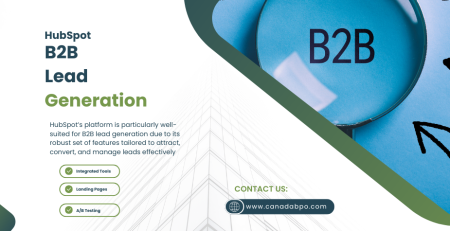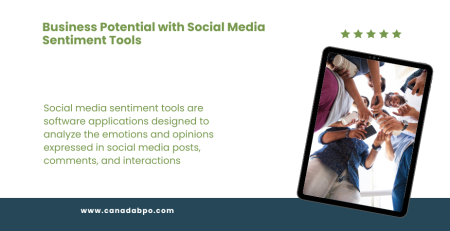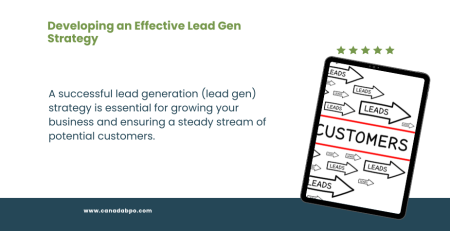In an era where consumer feedback is instantaneous and abundant, businesses must leverage every tool at their disposal to understand public sentiment. Natural Language Processing (NLP) sentiment analysis has emerged as a pivotal component in digital marketing, enabling companies to decode emotions and opinions expressed in social media. This blog post delves into how digital marketing services utilize NLP sentiment analysis to enhance business strategies, improve customer relationships, and drive growth.
What is Natural Language Processing Sentiment Analysis?
Natural Language Processing is a branch of artificial intelligence that focuses on the interaction between computers and human language. It encompasses various techniques, including sentiment analysis, which aims to determine the emotional tone behind a series of words. In the context of social media, NLP sentiment analysis helps businesses identify whether public sentiment towards their brand, products, or services is positive, negative, or neutral.
The Significance of NLP Sentiment Analysis
- Real-Time Feedback:
- NLP sentiment analysis provides immediate insights into how consumers feel about a brand or its offerings. This real-time feedback is invaluable for making swift adjustments to marketing strategies and product offerings.
- Comprehensive Understanding:
- By analyzing language patterns, tone, and context, NLP can discern nuanced sentiments that traditional metrics might miss. This depth of understanding allows businesses to respond more accurately to consumer needs.
- Crisis Management:
- In today’s fast-paced environment, negative sentiments can spread like wildfire. NLP sentiment analysis enables businesses to monitor brand mentions and detect negative trends early, facilitating timely interventions.
- Enhanced Customer Engagement:
- Understanding sentiment allows brands to tailor their communications and marketing messages. By addressing customer concerns and highlighting positive feedback, businesses can foster deeper connections with their audience.
- Competitive Analysis:
- NLP sentiment analysis is not limited to internal feedback. Businesses can analyze competitor sentiment, providing insights into market positioning and opportunities for differentiation.
How Digital Marketing Services Implement NLP Sentiment Analysis
Digital marketing services harness the power of NLP sentiment analysis in several ways to optimize strategies and deliver measurable results:
- Data Collection and Analysis:
- Agencies collect data from various social media platforms, forums, and blogs. They then apply NLP techniques to analyze sentiment, identifying trends and patterns in consumer feedback.
- Campaign Performance Measurement:
- By comparing sentiment before, during, and after marketing campaigns, digital marketers can assess the effectiveness of their strategies. This insight informs future campaigns and messaging efforts.
- Targeted Content Creation:
- Analyzing customer sentiment allows marketers to create content that resonates with their audience. This tailored approach enhances engagement and encourages positive interactions.
- Improved Customer Service:
- Digital marketing services can use sentiment analysis to identify customer pain points. By addressing these issues, brands can enhance their customer service and improve overall satisfaction.
- Trend Identification:
- NLP sentiment analysis enables businesses to track changing consumer sentiments over time. Recognizing these shifts allows marketers to adapt their strategies proactively.
Steps to Effectively Utilize NLP Sentiment Analysis
To maximize the benefits of NLP sentiment analysis, businesses can follow these steps:
- Set Clear Objectives:
- Define specific goals for sentiment analysis, such as improving brand perception, enhancing customer engagement, or gathering insights for product development.
- Choose the Right Tools:
- Select NLP tools and platforms that align with your business needs. Popular options include Google Cloud Natural Language, IBM Watson, and Brandwatch, each offering unique capabilities for sentiment analysis.
- Gather and Analyze Data:
- Collect data from relevant social media channels and analyze it using NLP techniques. Look for patterns, trends, and insights that can inform marketing strategies.
- Engage with Customers:
- Use the insights gained from sentiment analysis to engage with your audience. Respond to feedback and adjust messaging based on customer sentiments to foster loyalty.
- Monitor and Adjust:
- Continuously monitor sentiment to stay informed about changes in public opinion. Adjust marketing strategies based on real-time data to remain aligned with consumer preferences.
A Beverage Brand’s Transformation with NLP Sentiment Analysis
Consider a beverage brand that recently launched a new health drink. By implementing NLP sentiment analysis, the marketing team can monitor customer reactions across social media platforms. Initially, they observe positive sentiment regarding the product’s taste but notice some customers expressing concerns about its price.
With these insights, the brand decides to run a targeted marketing campaign highlighting the drink’s quality and health benefits while addressing pricing concerns. As a result, the campaign not only boosts sales but also improves overall customer sentiment.
Natural Language Processing sentiment analysis is a game-changer for businesses navigating the complexities of consumer sentiment in today’s digital landscape. By leveraging the power of NLP, digital marketing services can provide brands with the insights needed to enhance engagement, optimize strategies, and foster a positive brand image.
Investing in NLP sentiment analysis equips businesses with the tools to decode consumer emotions, respond effectively, and build lasting relationships. In a world where customer feedback is crucial, embracing NLP sentiment analysis is essential for staying competitive and achieving long-term success.
Unlock the full potential of NLP sentiment analysis and watch your business thrive as you turn consumer insights into actionable strategies for growth and innovation.










